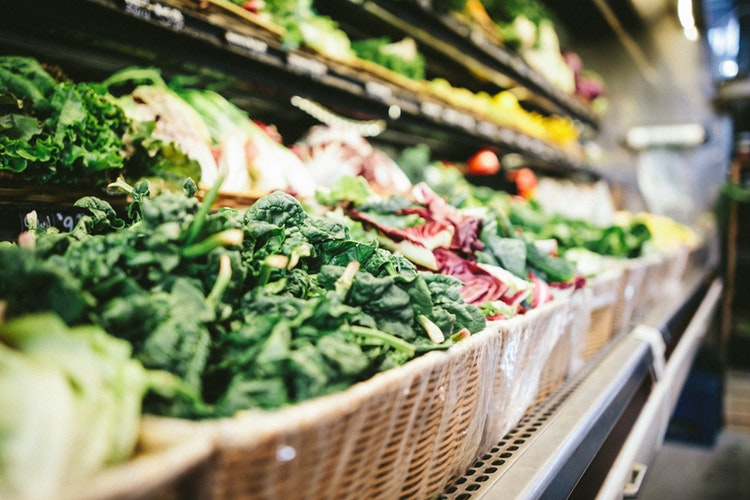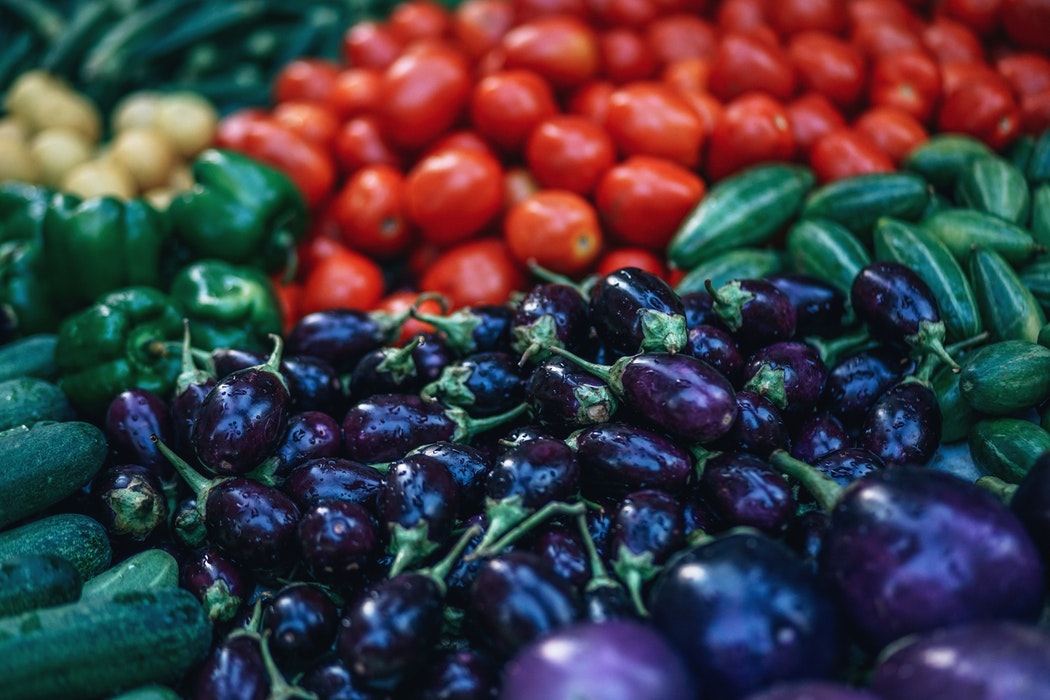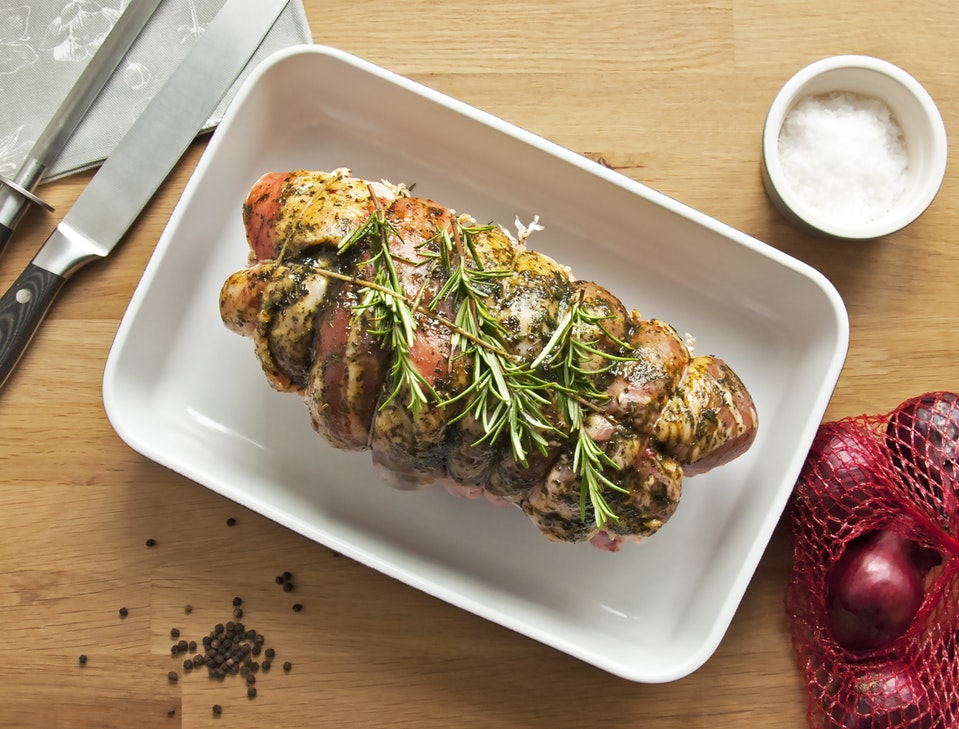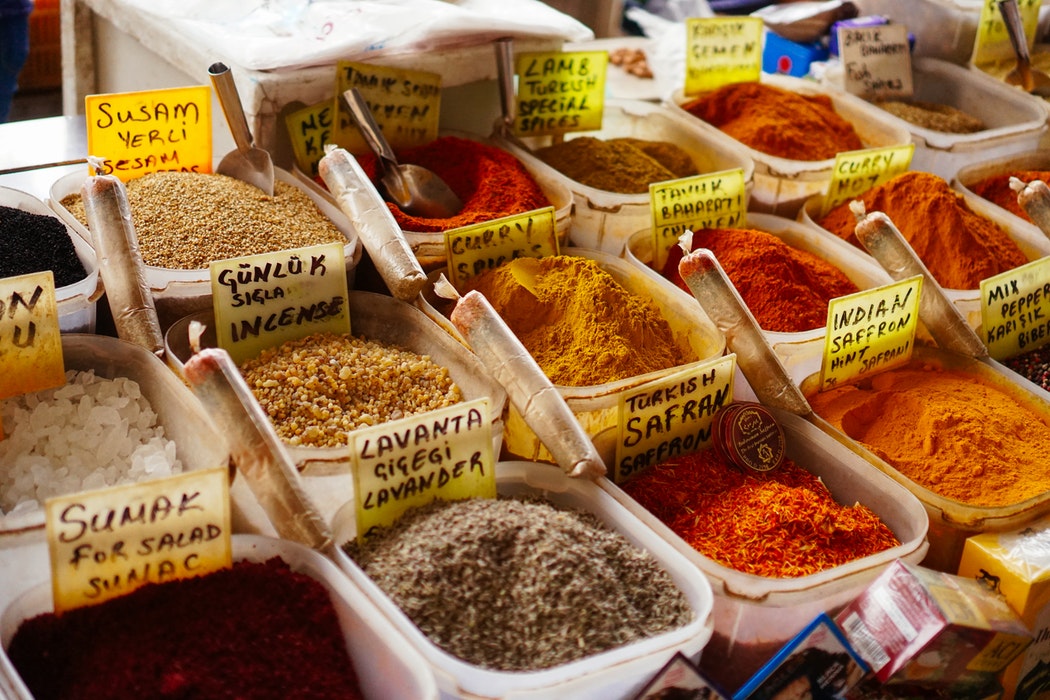
In the last article, I talked about the importance of basing your diet on real, whole foods like seasonal fruits and vegetables, including starchy tubers and leafy greens, pasture-raised meat and wild-caught fish, eggs from happy hens, good quality dairy (if tolerated), homemade bone broth, properly prepared nuts, seeds and legumes, perhaps some non-gluten grains, as well as lacto-fermented foods and drinks… This is certainly what I do with my family and help my clients with as well.
Eating this way and focusing on nutrient density (as opposed to calories or macronutrient ratios!) are indispensable for making sure that you’re giving your body what it needs, and avoiding all those “common but not normal” symptoms that so many of us live with today.
So what does this real food diet look like exactly? Let’s break it down:
Carbohydrates
Carbohydrates as a whole get a bad rap but that’s because of all the processed and inflammatory stuff that’s so ubiquitous in our modern diets: industrial breads, pasta, pizza, bagels, cakes & cookies etc. These are all refined carbs and they definitely aren’t doing your health any favors!
That much we can agree upon.
But once again, the important thing here is to focus on quality and not quantity. If you focus on real whole foods like seasonal vegetables, starchy tubers and leafy greens (yes all vegetables are carbs!), your carb source can actually be your opportunity for introducing the greatest variety into your diet. Think of it as “eating the rainbow” and strive for as much color in your plate as possible.
In the warmer months that means tomatoes, peppers, eggplant, cucumbers… in the cooler months, carrots, beets, parsnips, radishes, rutabaga, spinach, Jerusalem artichokes, all kinds of winter squash like pumpkin, butternut, chestnut squash or spaghetti squash, endives, celery, cruciferous vegetables like cabbage, Brussels sprouts, cauliflower, mushrooms… the options are endless!

You may be surprised that I also recommend safe starches and by this I mean starchy grains and vegetables that are as low in “anti-nutrients” or harmful compounds as possible. These would include white rice, white potatoes, sweet potatoes, plantains, yucca etc. Even though nutrient density is über-important, it is not the ONLY criterion for every bite we eat. There’s a place for these types of carbs as a concentrated source of energy and they may be even more crucial for women’s health (more about that in this video). Of course make sure they are an accompaniment to your meal, not the whole meal itself.
I don’t recommend consuming gluten-containing grains, such as wheat, rye, barley and spelt. I personally consume non-glutenous grains, pseudo-grains such quinoa, amaranth and buckwheat…. Also corn in moderation and only organic (since it’s very often a GMO product).
Legumes (pulses) – beans, lentils, chickpeas etc – can have their place in a balanced diet but properly preparing them for optimal digestion is important. That means soaking them in an acidic medium (for example a few tablespoons of apple cider vinegar and enough water to cover) from 8h to overnight and cooking thoroughly. Some people, especially those with autoimmune conditions, may be sensitive even then since these foods can be irritating for the gut. But if you can handle it, they can be a lovely addition to a healthy diet, as a good source of resistant starch, and not to mention being really economical.
Fruit is also a great way to get lots of nutrition in a practical package since it makes for a great snack or a simple dessert. Right now apples, pears, kiwi, citrus fruit, bananas, pomegranate, persimmons (which are my favorite!), etc. Fruit is packed with vitamins and antioxidants, and is a great way to get raw food in your diet. Dried fruit is also an excellent snack although do practice caution since it’s such a concentrated source of sugar. I like to pair it with nuts or super dark (even 100%!) chocolate.
Protein
Protein provides the building blocks for our bodies and is critical to optimal health. This is especially true for growing children and pregnant women but really everybody, even though the amount you need in different seasons of life may vary (here’s a good article to geek out more on that).
Sources of good-quality protein include the following:
Meat from pastured animals and free-range poultry. Try as much as possible to source your meat from producers who have ethical practices that are respectful of the animals and nature — and of human health as a result! Here’s a 3-part video series all about red meat. Wild game is a good option also.

Free-range eggs (note that the code 0 means organic in Europe)
Good-quality whole, raw, fresh or cultured dairy if it’s well-tolerated (more about that in this article)
Wild-caught fish (as opposed to farmed), especially cold-water fatty fish like sardines, herring, mackerel, salmon etc. This type of fish is really important for our overall health, and especially brain health. Also seafood and sea vegetables (not a protein source but very nutritious!)
Let me also emphasize the importance of eating the whole animal. Traditional cultures had reverence for the nature that provided, and never let an animal go to waste, utilizing as many parts as possible: organ meats (speaking of nutrient density, these give you the most bang for your nutritional buck!), homemade bone broth (which is really soothing to the gut lining so great for digestion and, as a result, for immunity), bone marrow, etc.
Fat
If you have been conditioned to avoid or minimize fats, think again! Good fats in sufficient amounts are absolutely essential to robust health.
Sources of good-quality fats include cold-pressed organic olive oil, butter, coconut oil, organic duck or goose fat, lard from happy pigs, sustainable red palm oil, fatty cuts of meat or fish skin (yes I’m telling you not to be afraid of those!). Egg yolks and avocados are also great as well as nuts and seeds (nuts are even better when soaked and dehydrated).
Make sure to avoid modern-day vegetable oils like sunflower oil, colza (canola), soybean, corn oil… these oils are prone to oxidation and rancidity, are therefore really inflammatory for our bodies. Be especially wary of them while eating out.
For more practical tips on which fats & oils to use and which to avoid, make sure to watch this video.

And last but not least, a full pantry…
Of course no “real food kitchen” would be complete without a fully-stocked pantry! With the right items on hand such as a good spice collection and a few basic condiments, you can throw together a delicious meal at a moment’s notice. In fact, I feel so strongly about this that I have created a “real food pantry essentials” list as a thank you gift for my subscribers! Claim yours here.
As a practical guideline, you can imagine a third of your plate made up of protein, a third seasonal colorful vegetables (and/or a huge salad) and a third starchy veg. And why not a heartwarming soup made with homemade chicken broth as a starter?
Know also that the aim here is not to obsess over it but to become aware of these principles and incorporate them as much as time, budget and sanity will allow. And remember it is your overall diet over the course of a few days or a week that matters more than every single bite you eat.
Now hit that farmer’s market and cook a delicious meal tonight.
Bon appétit!
BOOK your free discovery call!

